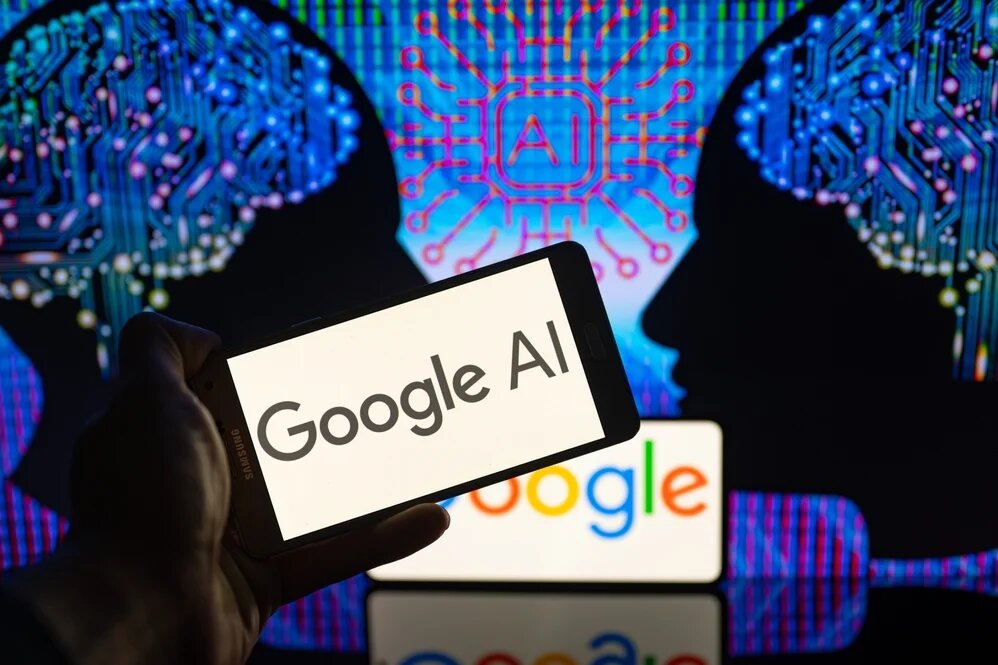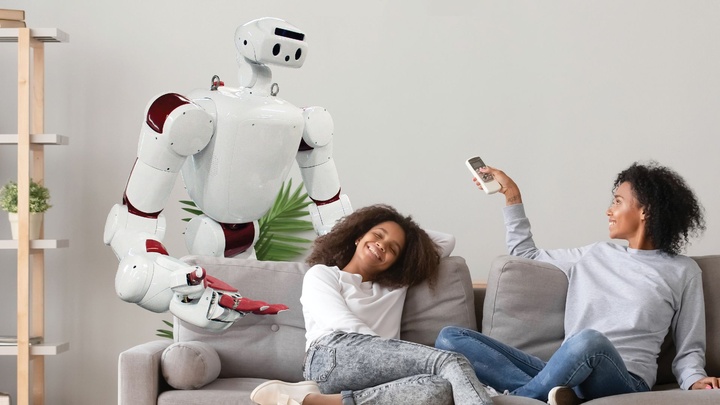Samsung Galaxy Unpacked July 2023: Everything to expect
Seoul, South Korea – Samsung is gearing up for an early summer treat as it prepares to host its highly anticipated Galaxy Unpacked event on July 26th.
This year’s event promises to be special beyond just the timing, with the company teasing the unveiling of new smartphones, smartwatches, and tablets. Excitement is building as fans worldwide eagerly await the reveal of Samsung’s latest innovations.

The event will kick off at 7 AM ET on July 26th, and for those who don’t want to miss a moment, Samsung will be live-streaming the Unpacked event on its website and YouTube channel.
Samsung hasn’t been shy about the stars of Unpacked, and it is widely expected that the company will unveil the Galaxy Z Flip 5 and Galaxy Z Fold 5. The spotlight this year, however, seems to be on the Galaxy Z Flip 5, with its clamshell design generating considerable buzz.
Leaked renders from MySmartPrice and OnLeaks have hinted at a much larger (3.4-inch) external display on the Galaxy Z Flip 5 compared to its predecessor. This expanded external display will allow users to perform various tasks even when the phone is closed. Google is reportedly optimizing key apps like Maps, Messages, and YouTube to make the most of the cover screen’s functionality.
The camera experience on both the Galaxy Z Flip 5 and Galaxy Z Fold 5 is expected to be impressive. The Galaxy Z Flip 5 is rumored to sport a 12-megapixel main and ultra-wide camera, while the Galaxy Z Fold 5 may come equipped with a more advanced setup, including a 50MP primary, 12MP ultra-wide, and 10MP telephoto shooter. Upgraded sensors could further enhance their performance, especially in low-light and challenging situations.
Also Read: Salesforce hires an activist lawyer from Wachtell, Lipton as legal chief
Samsung’s smartwatches have been gaining popularity, and it seems the Galaxy Watch 6 will be the star of the smartwatch lineup at Unpacked. Notably, Samsung has hinted at the return of the physical rotating bezel, which will allow users to scroll through the interface more satisfactorily than the touch-sensitive edges of current models.
It’s been over a year since the release of the Galaxy Tab S8 series, and fans are eager for a refresh. The Galaxy Tab S9 lineup is rumored to carry forward the sleek design of its predecessor but with functional improvements. The standard Galaxy Tab S9 is expected to switch from an LCD to an AMOLED screen, providing users with enhanced picture quality.
Samsung is known for its surprises at Unpacked events, and this year might be no different. Earlier, the company revealed its collaboration with Google and Qualcomm to develop mixed-reality wearable devices. While there haven’t been any official announcements, fans are eagerly waiting to see if Samsung sheds some light on this exciting project during the event.
Rumors have been circulating about a Galaxy Tab S8 FE, which would bridge the gap between Samsung’s budget A-series tablets and the high-end S9 models. Although details are scarce, the S8 FE is rumored to include an LCD with Wacom digitizer support for pen input.

I am a law graduate from NLU Lucknow. I have a flair for creative writing and hence in my free time work as a freelance content writer.





